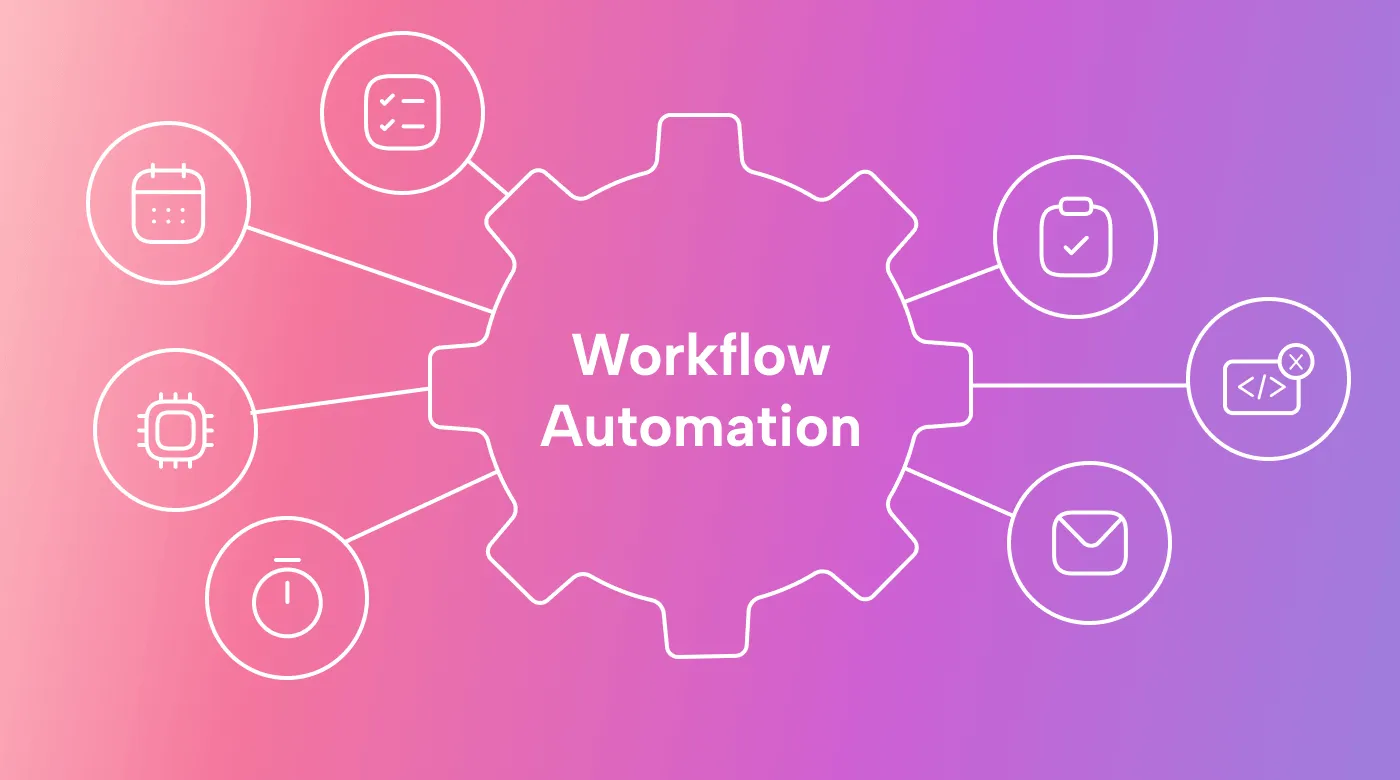How Workflow Automation Transforms HR, Sales and Operations Without New Software
Most companies do not need new software. They need structured automation that removes manual work and stabilises HR sales and operational workflows.

Workflow automation is one of the fastest ways for organisations to improve efficiency without investing in new platforms. Most companies already have a full ecosystem of tools. The real problem is the fragmented way work moves between these tools. Emails, spreadsheets and manual handovers fill the gaps. This slows teams down and introduces errors. Automation replaces these unstable steps with structured logic that runs consistently across departments.
The Hidden Inefficiency Behind Daily Operations
In many companies HR, Sales and Operations rely on memory rather than process. Tasks are repeated by hand. Information is copied between systems. Approvals depend on inboxes. Reporting requires gathering data from different places. No single tool is responsible for this. The issue sits inside the workflow design itself.
Automation resolves these gaps by defining each step and ensuring it runs automatically. It does not require a new system. It improves the reliability of the systems an organisation already uses.
How Automation Changes HR
HR is often the department with the highest volume of repetitive work. A new employee triggers dozens of actions across the organisation. Without automation this becomes a long chain of manual tasks that are easy to forget.
Automation transforms this experience. Once a candidate signs a contract the onboarding process becomes predictable. Documents are generated. Access rights are requested. Communication is personalised and delivered at the right moments. The new employee receives consistent guidance rather than a patchwork of messages from different teams.
The result is a stable onboarding journey, faster preparation and significantly fewer errors.
How Automation Strengthens Sales Operations
Sales teams often lose momentum due to fragmented data and manual responsibilities. Lead qualification, follow ups and pipeline updates depend on individuals remembering the correct sequence of actions.
Automation provides clarity and structure. Lead data is enriched automatically. Follow ups are triggered based on real interactions instead of fixed schedules. Deals move through CRM stages without manual intervention when conditions are met. This increases consistency and improves conversion because the team focuses on conversations rather than administration.
A reliable workflow ensures that opportunities are handled the same way across the team, which improves visibility for leadership and increases forecasting accuracy.
How Operations Become More Predictable
Operations manage the daily flow of information between systems, teams and external partners. Many of these tasks are highly repeatable and ideal for automation.
Examples include:
- synchronising information between tools in real time
- generating reports based on live data
- creating alerts when a process fails
- handling intake and routing tasks automatically
The goal is not to replace the operations team. The goal is to remove the friction that slows them down. Automation provides a consistent backbone that supports higher output with fewer errors.
Why Replacing Software Rarely Solves the Issue
Companies frequently believe that new platforms will fix their operational challenges. In most cases this replaces one set of workflows with another without addressing the underlying structural issues. The new tool still requires data entry. It still requires approvals. It still depends on teams following the correct steps.
Tools do not create process discipline. Workflows do.
Automation platforms connect the existing systems and ensure that the organisation operates with predictable logic. This approach reduces disruption and delivers faster results.
The Measurable Business Impact
When repetitive work is automated the organisation feels the improvement immediately. HR completes onboarding faster. Sales teams gain more accurate pipelines. Operations teams eliminate manual consolidation. Leaders receive reliable reporting and stronger visibility into performance.
Workflow automation reduces operational risk by creating consistency. It improves compliance because the logic is documented and traceable. It frees teams to focus on strategic work instead of repetitive administration.
This stability is one of the biggest competitive advantages for growing organisations.
How Scalevise Supports This Transition
Many organisations struggle to identify the root causes of inefficiency because the real problems sit between teams, not inside tools. Scalevise analyses these flows, maps the operational reality and redesigns the structure around automation. This creates a workflow architecture that is reliable, compliant and scalable without introducing new systems.
The focus is practical. Improve what already exists. Remove friction. Strengthen governance. Deliver predictable results.
Schedule a Conversation
If your organisation wants to reduce manual work and stabilise operations without replacing existing software you can schedule a conversation here:
